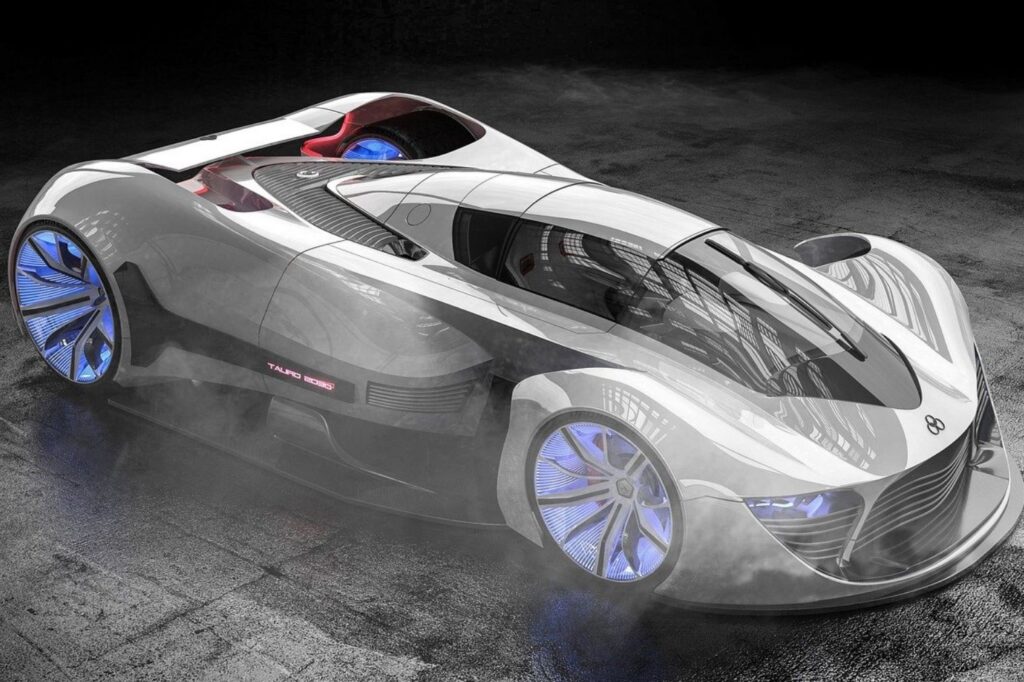Innovation Drives the Transport System Revolution of the Future
Modern transport systems are undergoing important changes thanks to the adoption of new technologies under experimentation, which will undoubtedly mark a new chapter in the transport sector, improving the efficiency of our daily realities.
In Europe, 49.3% of the goods handled move on trucks and in particular countries, the percentage rises to 59%. Therefore, the importance of road transport currently plays a fundamental role when we consider the movement of goods and people.
The mobility sector will be subject to important changes and companies will have to be ready to seize the opportunities that will be offered to them. Most of them will be based on a fundamental pillar: respect for the environment.
Nowadays the environmental issue has a fundamental importance and the mobility of the future can only be “green” and go hand in hand with eco-sustainable developments such as the study of new types of fuel in order to minimize emissions.
The Electrified Highway
Countries also wants to do its part by making transport increasingly sustainable with the experimentation of electric road transport via the electrified motorway, the e-Highway project, which aims at a process of change towards a sustainable transport system. In fact, several studies state that electrified highways can represent an alternative capable of significantly reducing CO2 emissions. The first electrified motorway will be hosted by the A35 Brebemi with the installation of overhead power lines that will allow means of transport to travel connected to the network. The next expected step will be a circular economy highway with production of electricity through photovoltaic panels.
In particular, we want to equip the motorway in both directions with a suspended electric line that powers the vehicles in circulation, which will be able to circulate outside the lane in electric mode, thanks to the batteries they have, or through the combustion engine internal.

Self-Driving Electric Vehicles in Dubai
The innovative public transport system, Next Future Transportation, involves the use of electric means of transport, therefore represented by a component with low environmental impact, and modular.
The modules are made with a type of light and resistant aluminum and can carry about 10 passengers. The vehicles are powered by electricity and can precisely connect with each other. The ways of using these modules include the possibility of using them as a taxi without drivers in a context in which autonomous driving is allowed. Passengers, in fact, through an application can call the vehicle specifying the mobility needs and the service can be adapted in real time to requests, by unhooking a form and directing it so that it reaches the user and leads him to the desired place. In the event that a single cabin is not sufficient, it is possible to compose several electrical modules in a row in an automated way through a mechanical arm and an optical alignment system, without the need for human intervention.
In the future, this innovative transport system can be used as a private car, as a camper by joining several cabins together but also as a public vehicle for the transport of people, so as to have buses whose length actually reflects the need of the moment : few modules in the evening or during the night while more modules to be combined during peak hours.
Amazon Tests Delivery Drones
With Amazon ready to launch Prime Air, the delivery industry seems to have no limits. In fact, on 5 June in Las Vegas, the e-commerce giant presented the innovative transport system using a drone, which we can find among the site’s shipping methods.
The electric aircraft, already known since 2013 when it was able to carry out small shipments, is able to transport packages in less than 30 minutes, flying up to 15 miles, with a vertical take-off and landing system like a helicopter.
The weight limit of the transported goods of 2.5 kg guarantees the handling of 75-90% of the items purchased. The underlying technology consists of cameras and optical sensors that allow the vehicle to move avoiding obstacles : to make consumers calm, a sturdy and stable drone has been designed which, thanks to the automatic learning models inside, is able to recognize obstacles and get around them.
Following the example of Amazon, including Google Alphabet by launching the first public drone delivery service in Australia with Google Wings, but also the logistics giant UPS which is developing an innovative logistics service with drones for the delivery of medical samples on a campus. North Carolina hospital.
Hyperloop and Magnetic Leavening Transport
Elon Musk with the development of the Hyperloop has revolutionized the transport system, drastically reducing travel times over long distances.
All this was achieved by exploiting the potential of magnetic leavening and the tubular infrastructure that characterizes the vehicle, thanks to which it is possible to recreate the vacuum, so that the trains can travel over 1000 km / h.
The solution will be safe and sustainable from an environmental point of view, allowing people to reach distant places in unimaginable times and leading to a change that will undermine the rhythms of everyday life.
The new technology should not be considered solely for passenger transport, but it can also be used for the handling of goods, thus reducing environmental impacts and pollution.
It is therefore evident how technological advances and innovations will simplify our lives more and more while keeping an eye on environmental improvement and the reduction of energy consumption and pollution.
